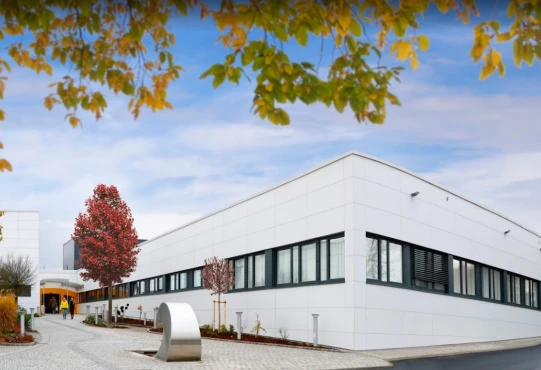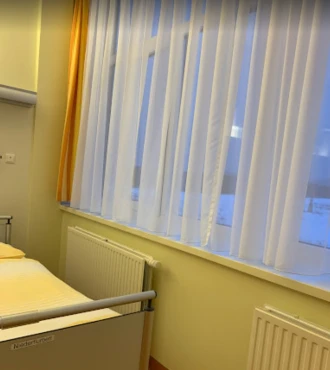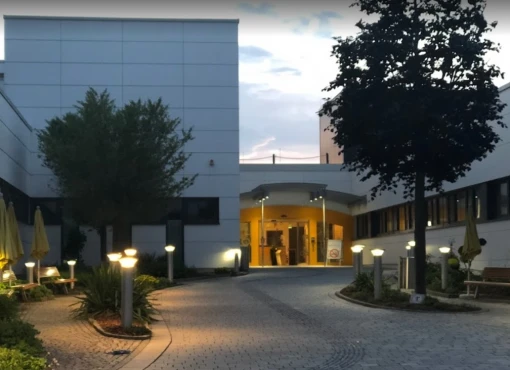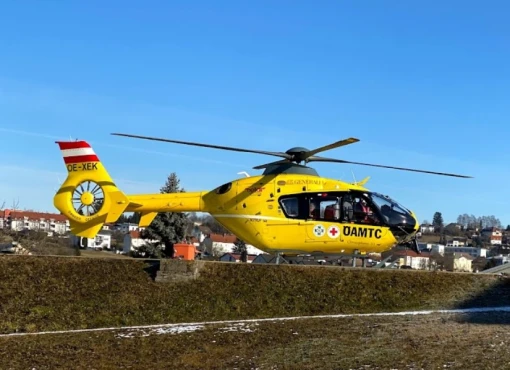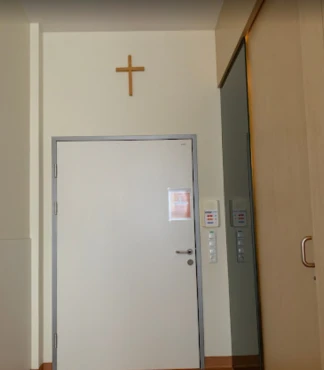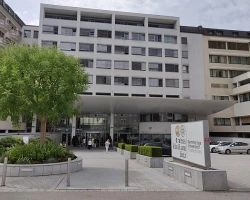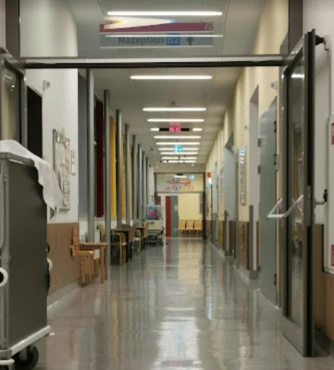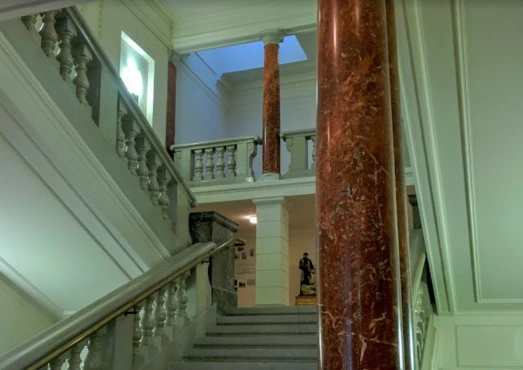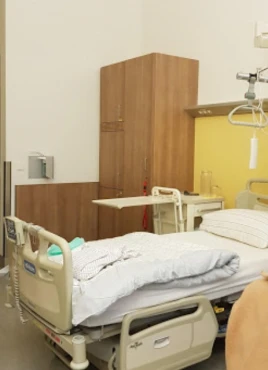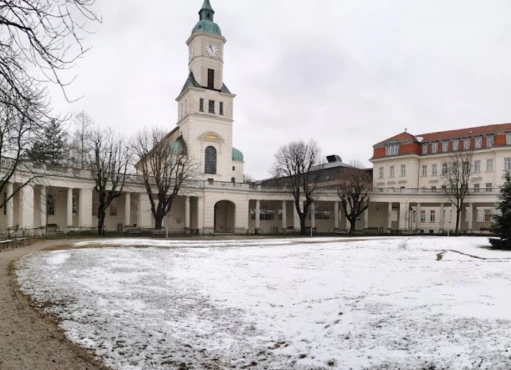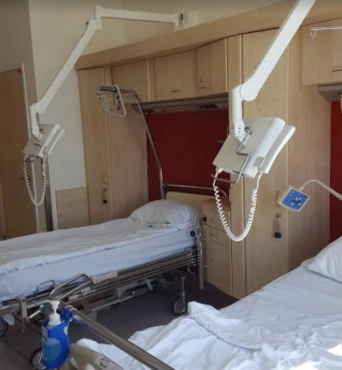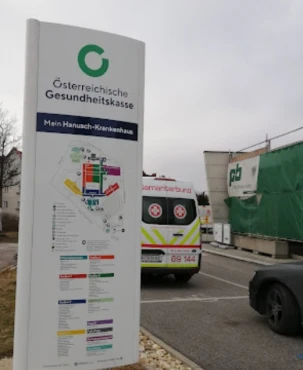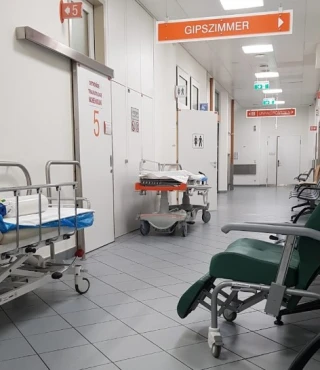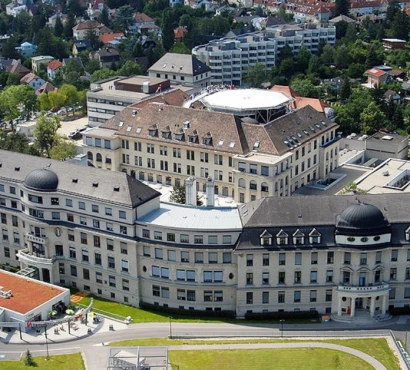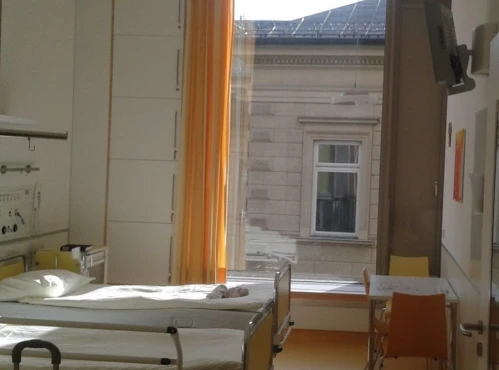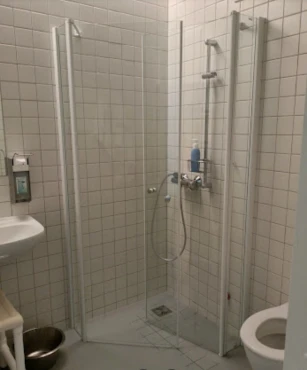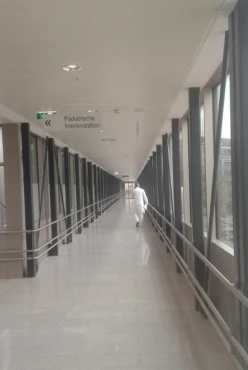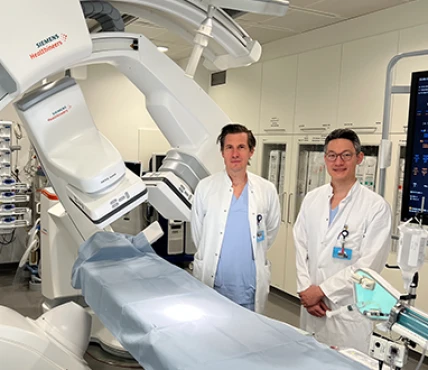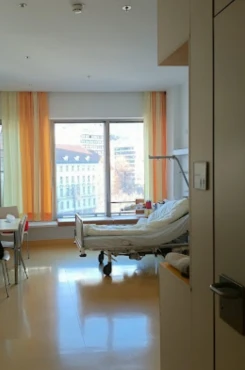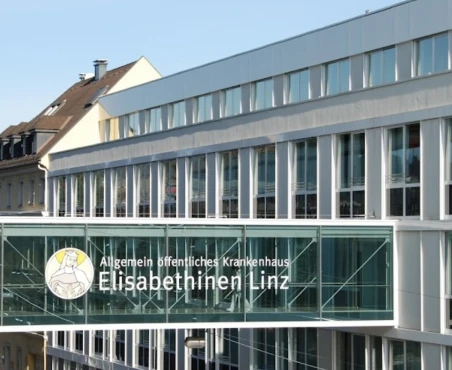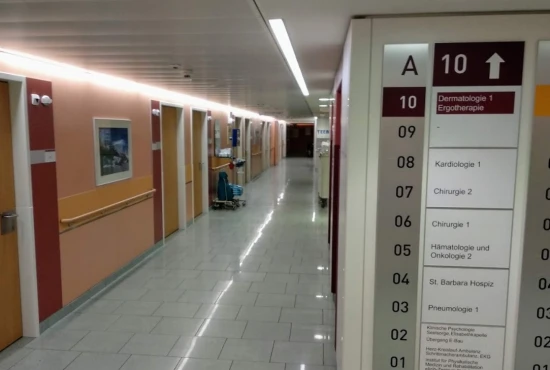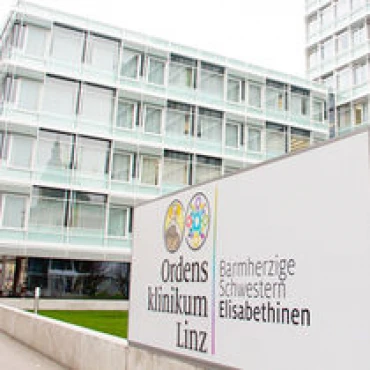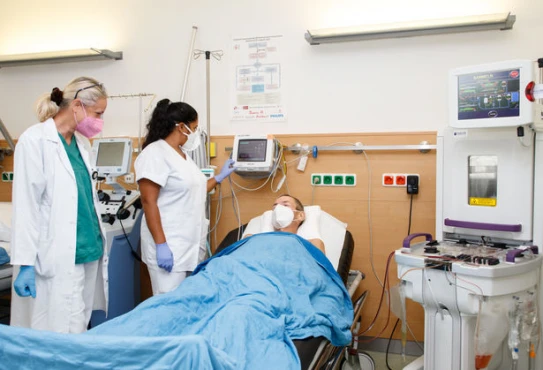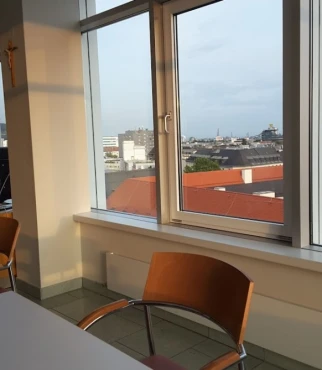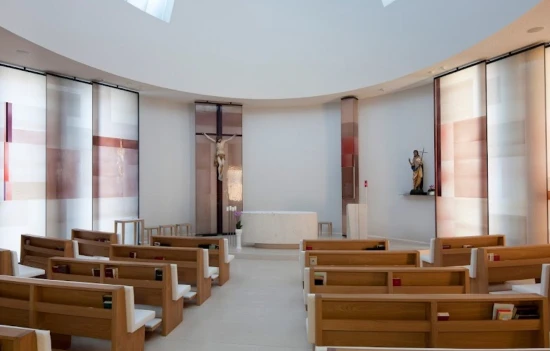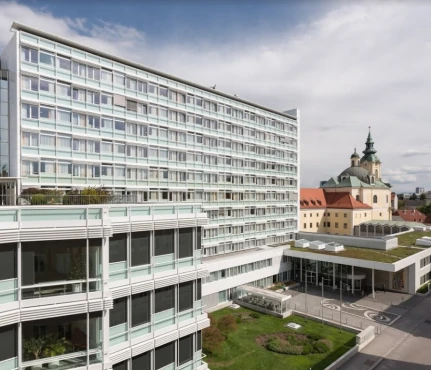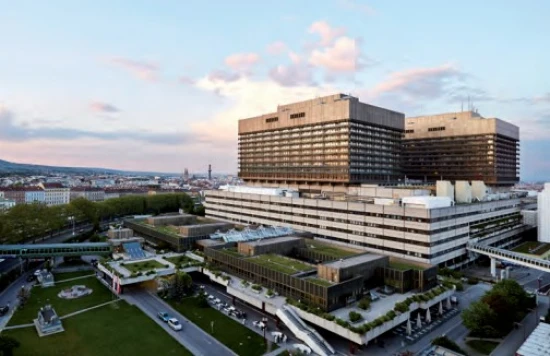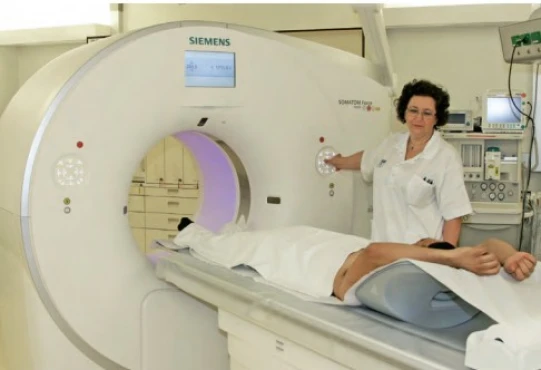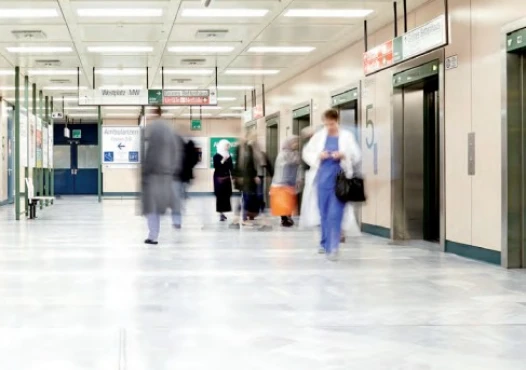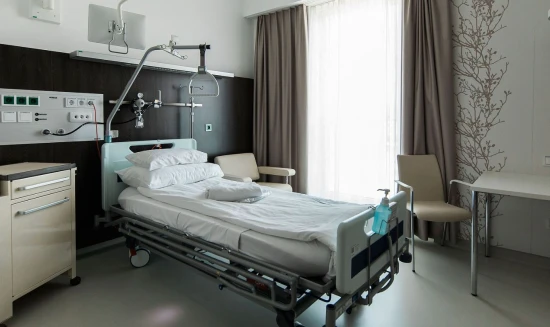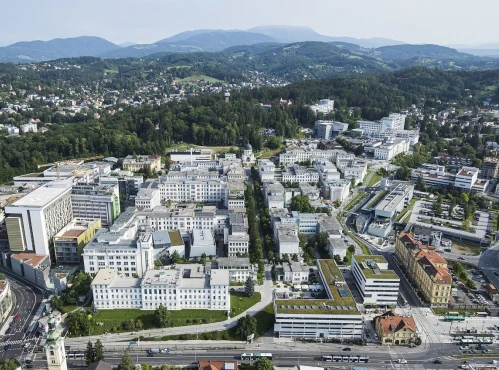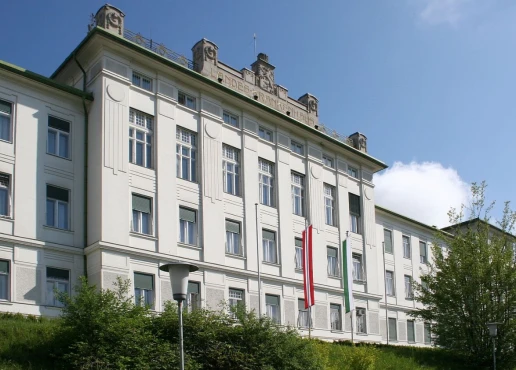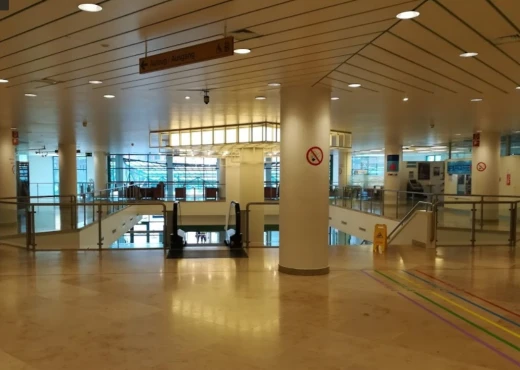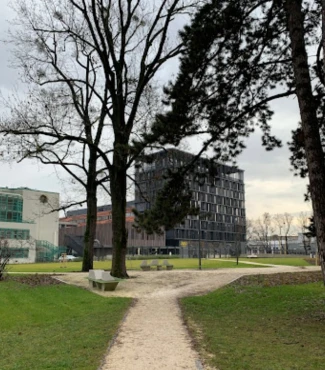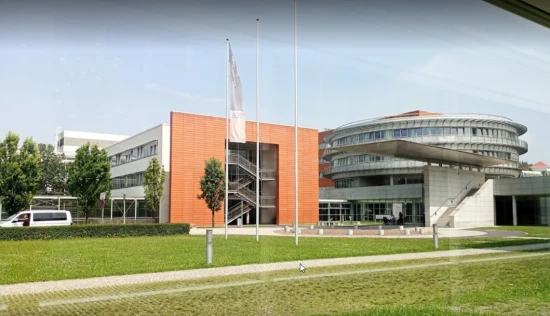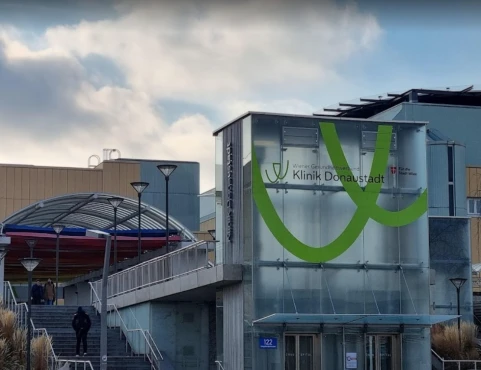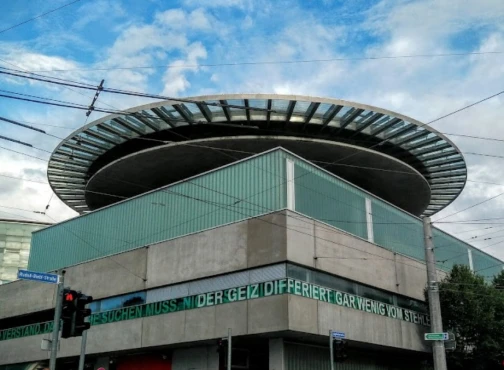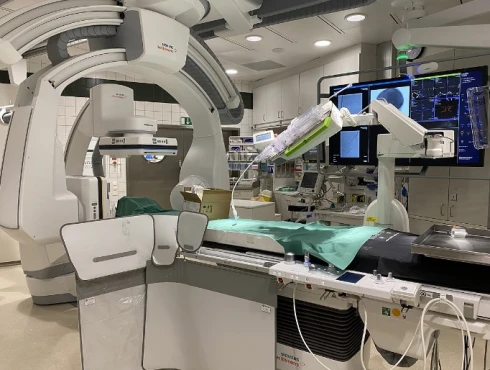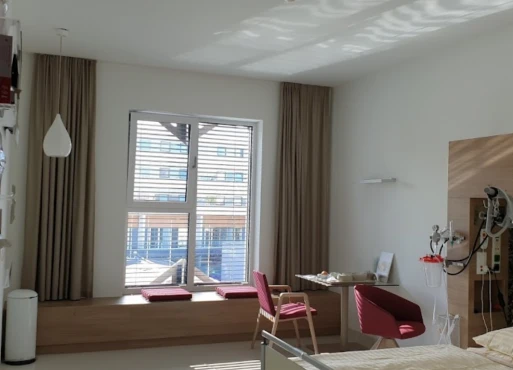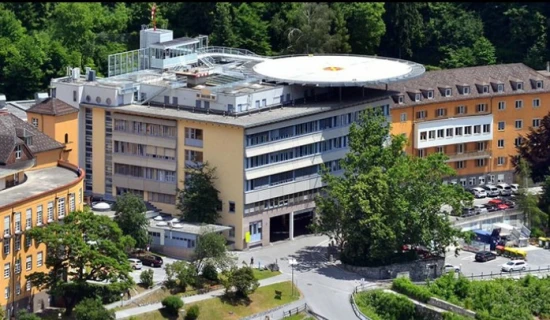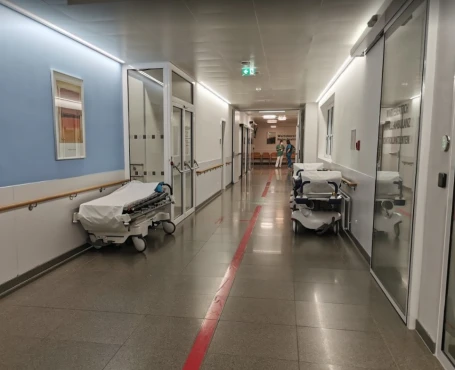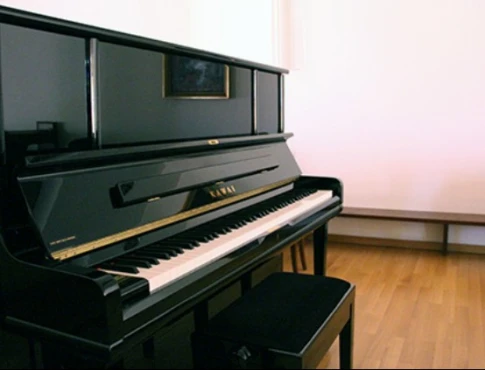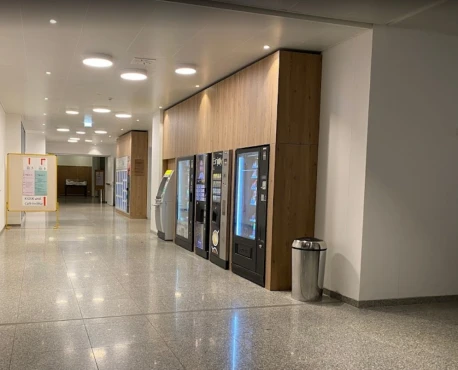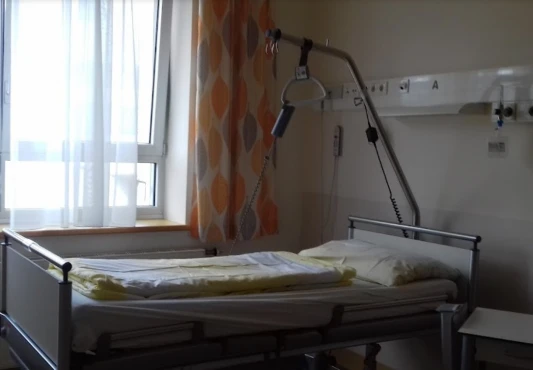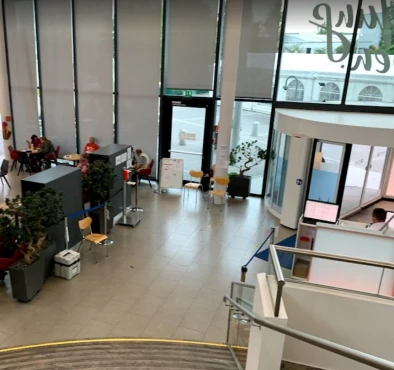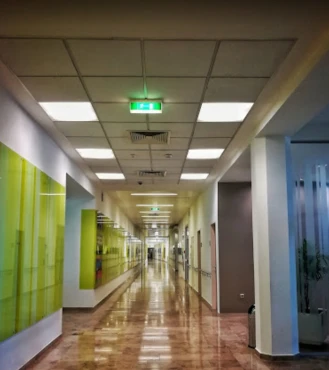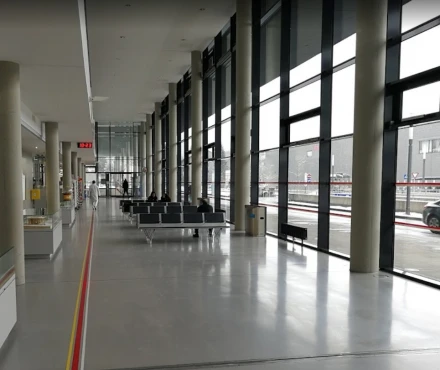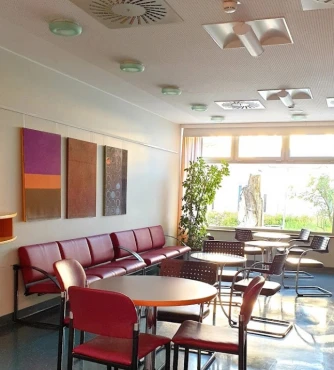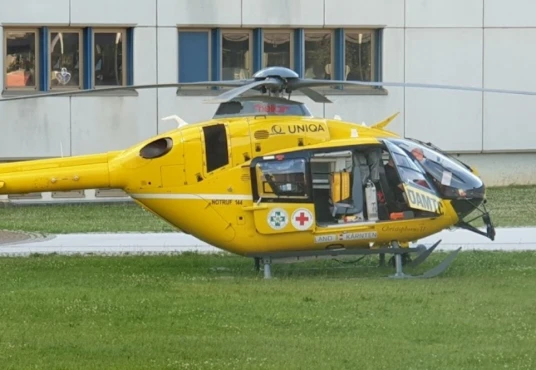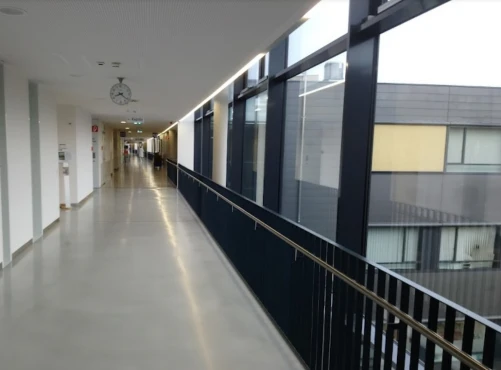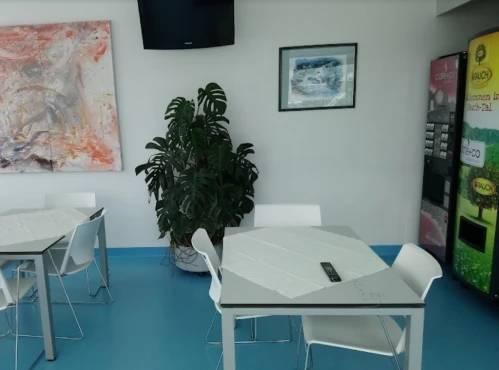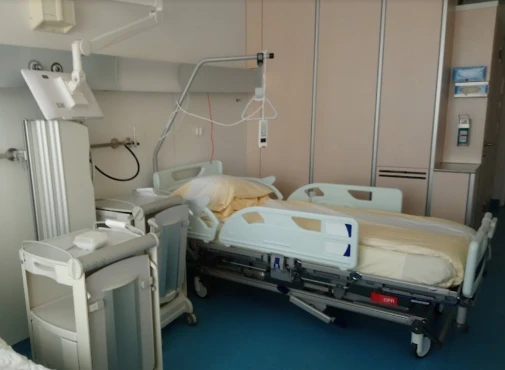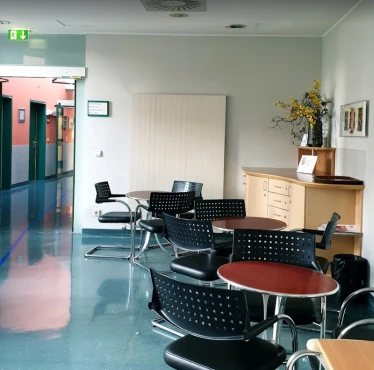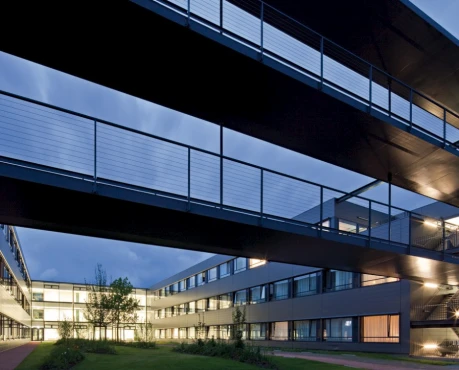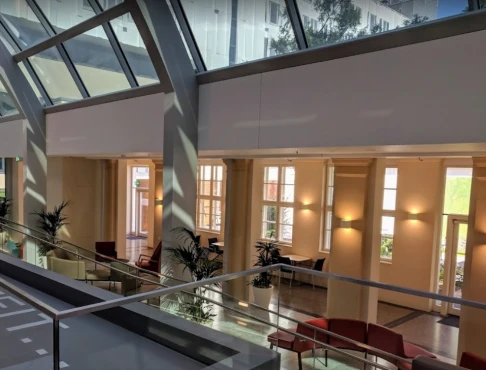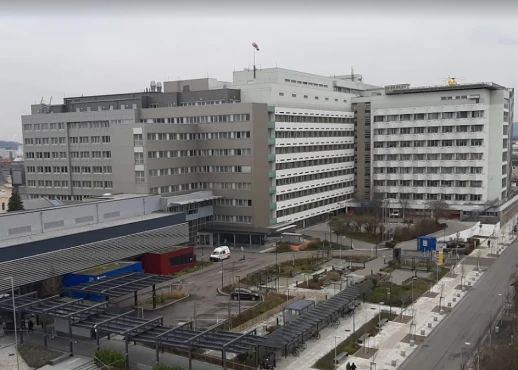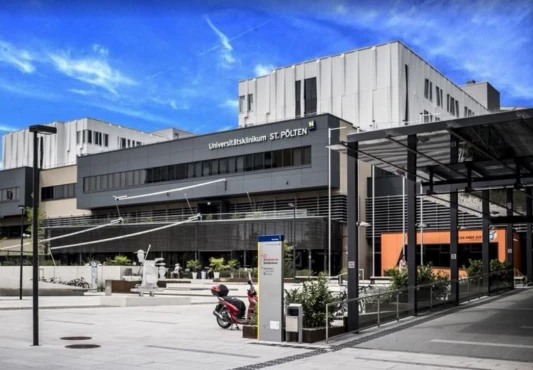Aortic valve stenosis treatment in 15 Cardiac surgery and Vascular surgery clinics in Austria
15 clinics specializing in Cardiac surgery and Vascular surgery providing treatment of
Aortic valve stenosis
Aortic valve stenosis is a condition where the aortic valve becomes narrowed, obstructing blood flow from the heart. It can result in symptoms such as chest pain, breathlessness, and may require valve replacement surgery.
Read more...
disease in Austria.
Graz · 1
Innsbruck · 1
Linz · 3
Rohrbach-Berg · 1
Salzburg · 1
Sankt Pölten · 1
Vienna · 4
Wels · 1
Zams · 1
You can select a specific city
Graz · 1
Innsbruck · 1
Klagenfurt am Wörthersee · 1
Linz · 3
Rohrbach-Berg · 1
Salzburg · 1
Sankt Pölten · 1
Vienna · 4
Wels · 1
Zams · 1
Sorted by:
Relevance
Rating
Relevance
Prices for popular procedures:
Prices for popular procedures:

Vienna, Austria
Specializations: Cardiac surgery, Vascular surgery, Neurosurgery, Spine surgery, Orthopedic surgery
The Orthopaedic Hospital Vienna-Speising is one of the leading speciality orthopaedic hospitals in Europe.We are a specialist clinic for diseases of the musculoskeletal system. Our
read more
Prices for popular procedures:
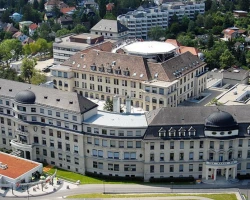
Vienna, Austria
Specializations: Cardiac surgery, Vascular surgery, Thoracic surgery, Neurosurgery, Spine surgery, Orthopedic surgery, Oncology
The Hanusch Hospital is a specialist hospital in Vienna-Penzing. In the health network , it works closely with the outpatient health centers of the Austrian
read more
Prices for popular procedures:

Innsbruck, Austria
Specializations: Cardiac surgery, Vascular surgery, Thoracic surgery, Neurosurgery, Orthopedic surgery, Oncology
The University Hospital of Innsbruck provides research and teaching combined with patient care at the highest level. The cooperation of the Medical University of Innsbruck
read more
Prices for popular procedures:

Linz, Austria
Specializations: Cardiac surgery, Vascular surgery, Thoracic surgery, Neurosurgery, Spine surgery, Orthopedic surgery, Oncology
The Linz Ordensklinikum is an elementary part of the healthcare system in Upper Austria. At the same time, our two hospitals also represent two large
read more
Prices for popular procedures:

Vienna, Austria
Specializations: Cardiac surgery, Vascular surgery, Thoracic surgery, Neurosurgery, Spine surgery, Orthopedic surgery, Oncology
Vienna General Hospital is Austria's biggest hospital .Employees deliver their medical top performance at 26 university departments, 39 clinical divisions and three clinical institutes. They
read more
Prices for popular procedures:
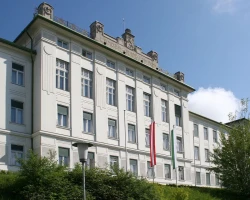
Graz, Austria
Specializations: Cardiac surgery, Vascular surgery, Thoracic surgery, Neurosurgery, Spine surgery, Orthopedic surgery, Oncology
The LKH-Universitätsklinikum Graz is – along with Innsbruck and Vienna – one of the three public university hospitals in Austria. Since 2002, the state hospital
read more
Prices for popular procedures:
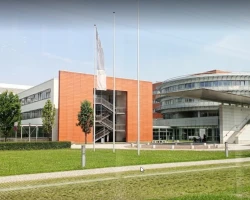
Linz, Austria
Specializations: Cardiac surgery, Vascular surgery, Thoracic surgery, Neurosurgery, Spine surgery, Orthopedic surgery, Oncology
The Kepler University Hospital was founded on December 31, 2015 with the merger of the three renowned and traditional hospitals: General Hospital of the City
read more
Prices for popular procedures:
Prices for popular procedures:
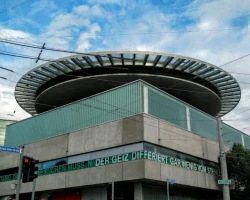
Salzburg, Austria
Specializations: Cardiac surgery, Vascular surgery, Thoracic surgery, Neurosurgery, Spine surgery, Orthopedic surgery, Oncology
Through its university clinics and centers of excellence, the University Hospital Salzburg (SALK) provides the highest quality healthcare available. University Hospital Salzburg excellent medical care
read more
Prices for popular procedures:
Prices for popular procedures:
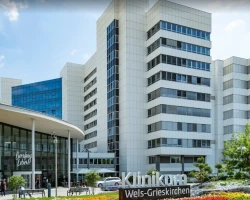
Wels, Austria
Specializations: Cardiac surgery, Vascular surgery, Thoracic surgery, Neurosurgery, Spine surgery, Orthopedic surgery, Oncology
As Austria's largest religious order hospital, the Wels-Grieskirchen Clinic is an institution of the Congregation of the Sisters of Charity of the Holy Cross and
read more
Prices for popular procedures:

Klagenfurt am Wörthersee, Austria
Specializations: Cardiac surgery, Vascular surgery, Thoracic surgery, Neurosurgery, Spine surgery, Orthopedic surgery, Oncology
As a specialist hospital, Klinikum Klagenfurt offers the range of services of a university clinic with the exception of transplantation surgery. Our house is one
read more
Prices for popular procedures:
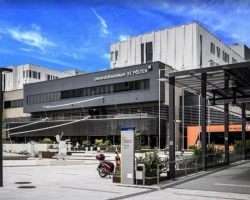
Sankt Pölten, Austria
Specializations: Cardiac surgery, Vascular surgery, Thoracic surgery, Neurosurgery, Spine surgery, Orthopedic surgery, Oncology
The University Hospital St. Pölten stands for cutting-edge medicine in Lower Austria. As a reference center with a broad medical spectrum and a pronounced national
read more
Clinics grouping by rating
Clinic with the highest rating of 4.3 — Krankenhaus St. Vinzenz, Zams in Zams, Austria, clinic with the most reviews number of 1450 — Vienna General Hospital (AKH) in Vienna, Austria.
With rating 4.0 and over — 4 clinics .
Countries with the highest number of clinics treating the diseases:
Aortic valve stenosis:
worldwide
677 clinics
Brazil
41 clinics
Germany
41 clinics
India
39 clinics
Colombia
29 clinics
Turkey
29 clinics
Related procedures:
Procedures are likely to be used for Aortic valve stenosis treatment:
Aortic valve replacement (AVR),
Aortography,
Balloon valvuloplasty,
Bio-prosthetic valve replacement,
and
Double valve replacement
.
